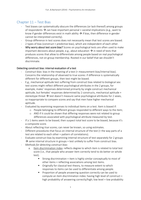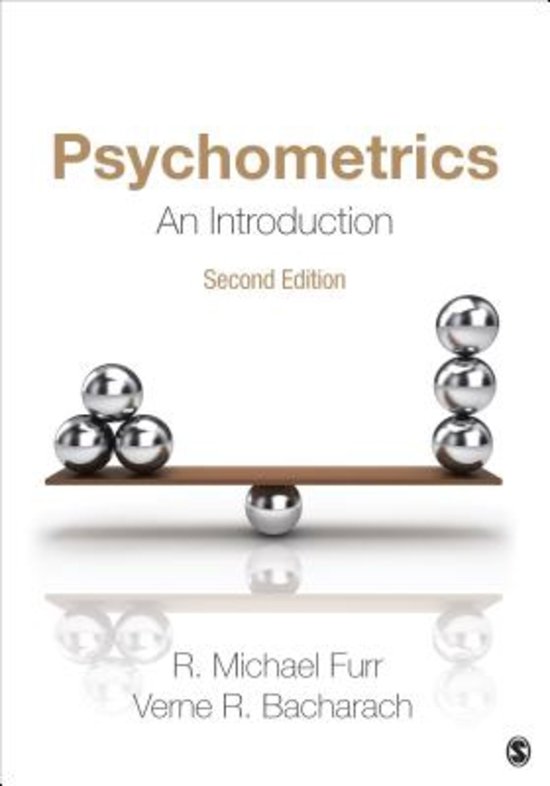Summary
Summary Furr & Bacharach (2014) - Psychometrics An Introduction - Chapter 11
- Course
- Institution
- Book
Summary study book Psychometrics of R. Michael Furr, Dr. Verne R. Bacharach (H11) - ISBN: 9781452256801, Edition: 1, Year of publication: 2013 (Summary chapter 11)
[Show more]




